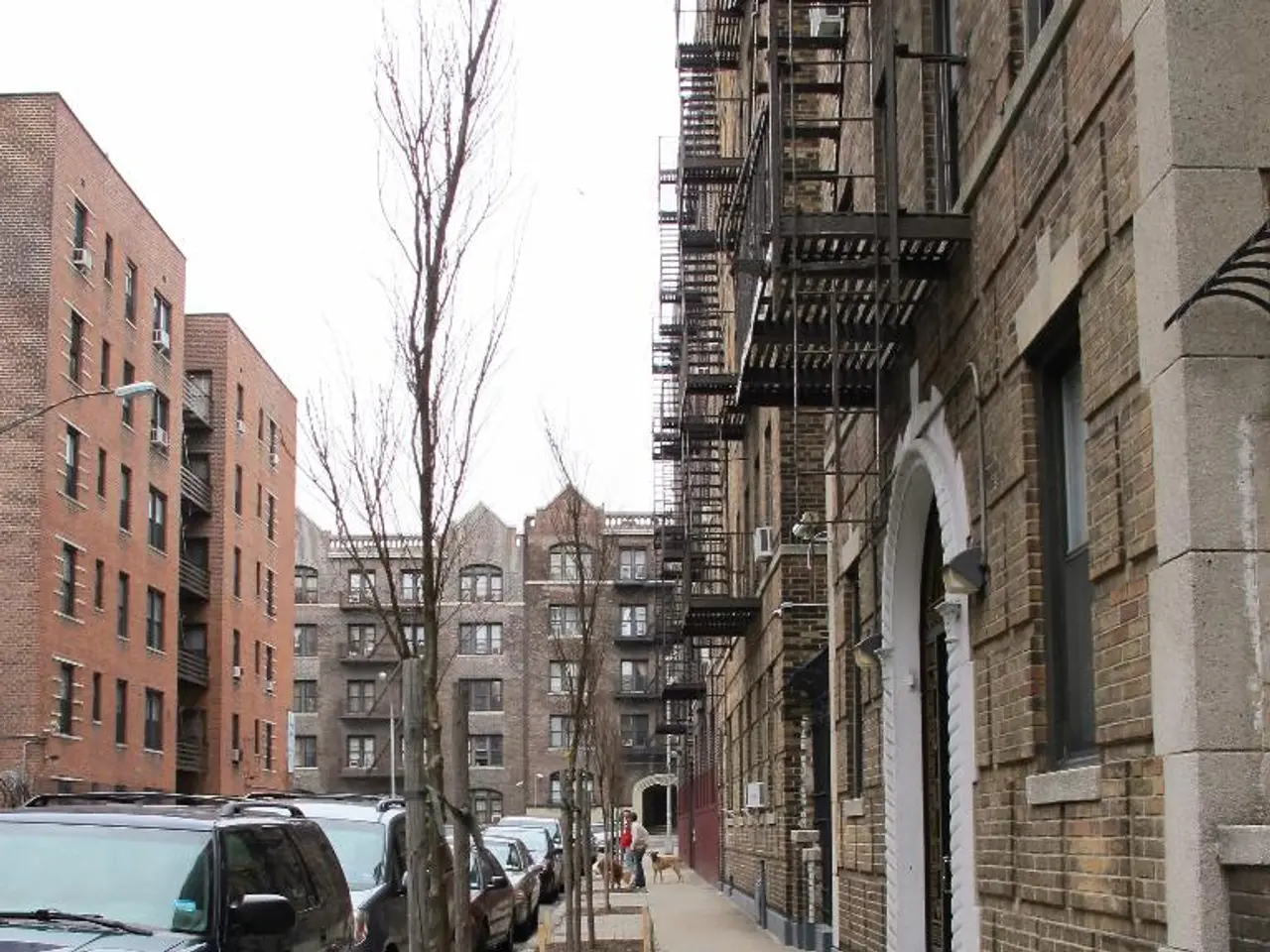East Germany's Economic Convergence With West Remains Elusive 35 Years On
East Germany's economic convergence with the West remains a challenge, despite 35 years since reunification. A recent study by the Institute for Economic Research (IW) highlights persistent disparities in employment, digitalization, and innovation. East Germany's employment rate stands at 86%, lagging behind the West's. Aging population and low participation in the information and communications sector, contributing just 3% to gross value added, exacerbate the issue. IW expert Klaus-Heiner Röhl dismisses a swift convergence with economically strong metropolises like Munich or Hamburg. Historical economic disparities, infrastructure challenges, and lesser investment in new technologies have hindered East Germany's progress. Patents filed by East German companies are five times fewer than those in the West. The economic output in the East is around 78% of the West's level, with stagnating convergence in recent years. Addressing these disparities requires targeted investment in East Germany. Despite the challenges, East Germany has the potential to reach the level of federal states like Schleswig-Holstein or Rhineland-Palatinate in the long term.
Read also:
- American teenagers taking up farming roles previously filled by immigrants, a concept revisited from 1965's labor market shift.
- Weekly affairs in the German Federal Parliament (Bundestag)
- Landslide claims seven lives, injures six individuals while they work to restore a water channel in the northern region of Pakistan
- Escalating conflict in Sudan has prompted the United Nations to announce a critical gender crisis, highlighting the disproportionate impact of the ongoing violence on women and girls.






